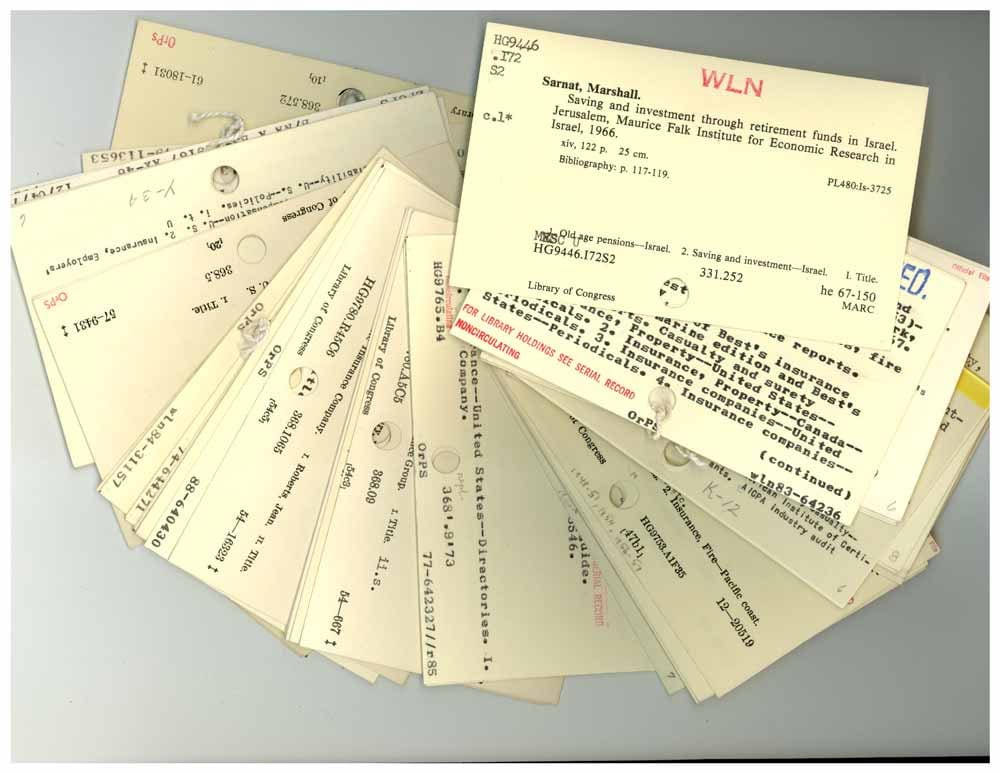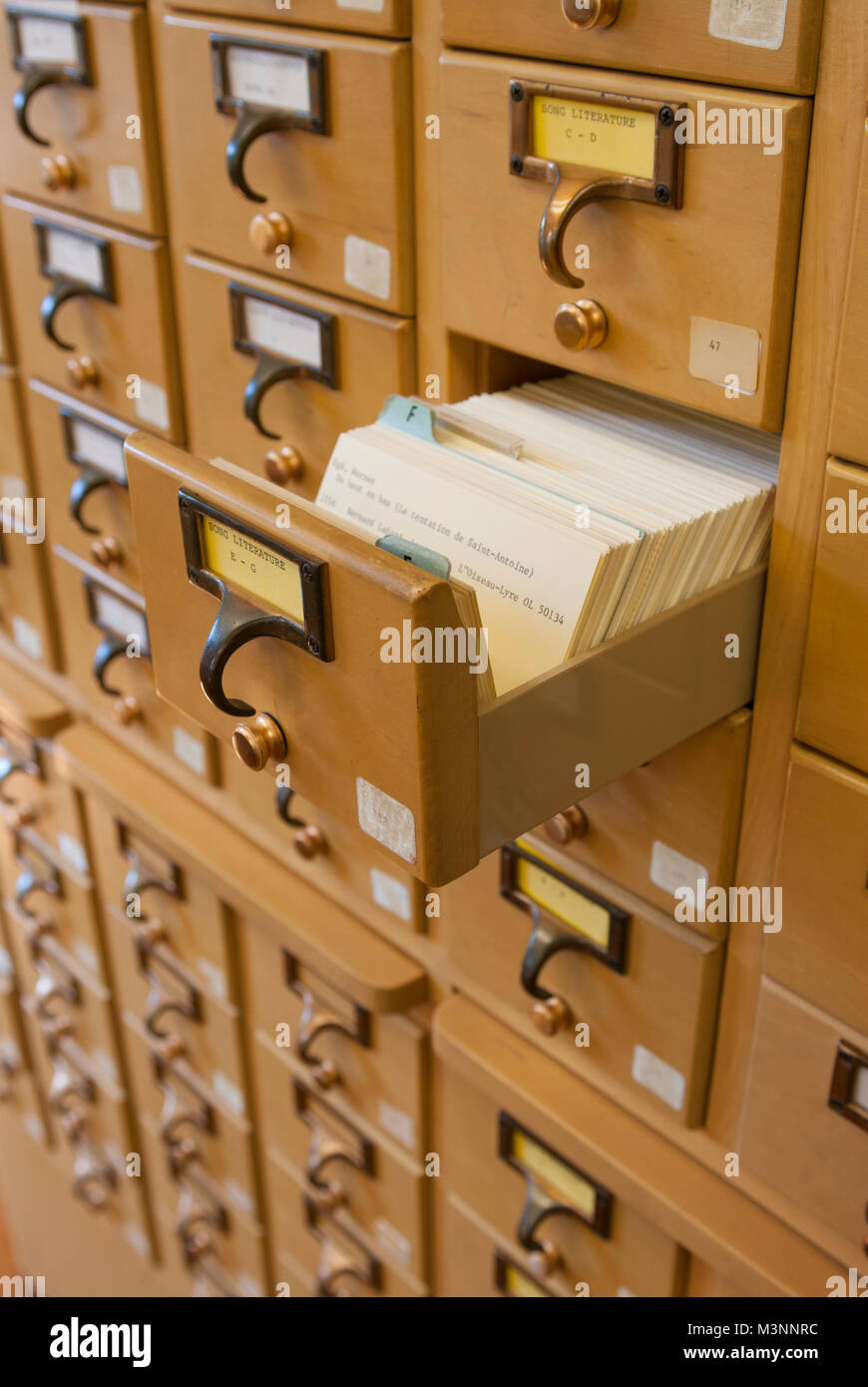

If there are more than five roles, users can select the Show All option to see all roles.įor information on how to display the above sections, see Configuring Personal Details Settings for Primo VE. User Roles – This section displays the user's roles (such as Patron or User Administrator). For each user role, the following information displays: scope of the role and expiration date (if defined). If there are more than five identifiers, users can select the Show All option to see all identifiers. User Identifiers – This section displays the user's identifiers (such as social media, institution, and barcode).

If enabled, users can add additional email addresses while editing their personal information in Primo VE.

When enabled, you can also display the following sections on the Personal Details tab:Īdditional Email Addresses – This section displays additional email addresses that are included when an email is sent to the user's primary email address. If there are more than five additional email addresses, users see the Show All option to enable them to display all the additional emails. If available from Alma, the following information displays by default for signed-in users: mailing address, email address, expiration date, patron group, and default interface language. There would then be a sign that told the searcher what the colors meant: Red = Reference shelves Green = Children’s collection Blue = 3rd Floor reading room.The Personal Details tab in My Library Card displays account information associated with each user. For those times they put plastic covers with a colored stripe at the top over the card to show there was something special about it. Sometimes the Librarians needed to let their patrons know something special about a particular book, like a special location, but they didn’t want to do anything to the card that would require them to change or replace it when the location changed. When they began moving the information from cards to computers the librarians used color clips to show which cards had already been copied and which ones still needed work. The list might say: Black = missing Blue = being repaired Green = on reserve for class Yellow = Additional copy on order. There would be a list of what each color clip meant posted on the side of the cabinet or on the first card in a drawer. If they needed to mark a card in that catalog they used little metal clips on the top of the card. This cabinet had all the cards filed in the same order as the books on the shelf. The Librarians had a special ‘Librarians only’ card catalog called a Shelf List. The information on the cards is human created metadata. The people who decided what to put on the cards were called Catalogers. The cards were then filed in alphabetical order in the card catalog so people who wanted to find a book (patrons) could search and find the book they wanted. Multiple copies of the card for a particular book were printed, and particular bits of information–such as the title, the author’s name, or a subject the book was about–would be added at the top of different cards. Back before computers were invented Librarians put information about their books on cards and filed those cards in cabinets called Card Catalogs.


 0 kommentar(er)
0 kommentar(er)
